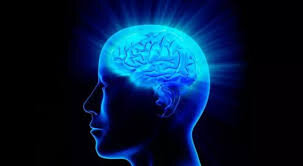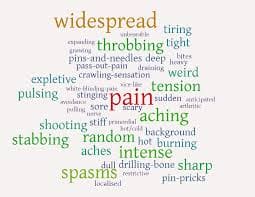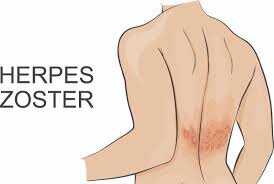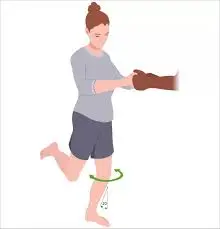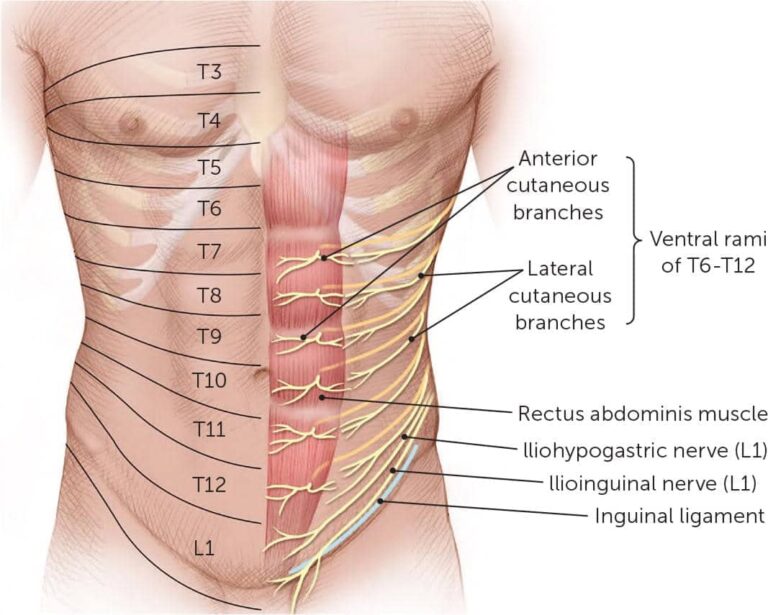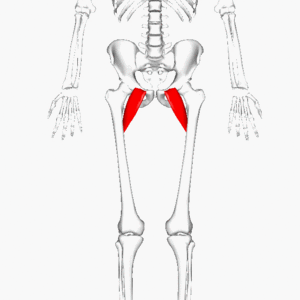Psychogenic Nonepileptic Seizure (PNES)
Psychogenic nonepileptic seizure (PNES) includes attacks that resemble epilepsy-related seizures that are because of underlying psychological distress, not abnormal electrical activity in the brain. PNES is treatable with psychotherapy.
The psychiatric diagnosis for PNES is conversion disorder, as mental stress is being converted into a physical symptom. Conversion disorder is also identified as a functional neurological symptom disorder. Many individuals with PNES have experienced trauma.
Individuals who have PNES are not faking the seizures. They have no conscious or voluntary command over them. Many individuals with PNES initially receive a misdiagnosis of epilepsy. It is also possible for people to have both PNES and epilepsy-related seizures. This occurs in about 10% to 15% of cases.
Table of Contents
Other names for this condition involve:
- Psychogenic nonepileptic spells.
- Psychogenic nonepileptic episodes (PNEE).
- Psychogenic nonepileptic attacks.
Whom does PNES affect?
PNES most usually starts in young adulthood, but it may begin at any age. PNES is more likely to affect females and people assigned to women at birth (AFAB) than males and individuals assigned to men at birth (AMAB). Factors that can improve the risk of developing PNES involve:
- History of sexual abuse.
- History of physical abuse or neglect.
- Coexisting psychiatric conditions, like depressive disorders, post-traumatic stress disorder (PTSD), or personality disorders.
- A tendency to suppress or hold in emotions.
- PNES is also more prevalent in the veteran population than in the civilian population because of higher trauma exposure in veterans.
How common is PNES?
- Researchers are not pretty sure how usual PNES is. But 20% to 40% of individuals who see epilepsy specialists for intractable (untreatable) seizures receive a diagnosis of PNES rather than epilepsy.
Symptoms of Psychogenic Nonepileptic Seizure
- The main symptom of PNES is seizure-like attacks.
- These attacks may differ from person to person in what they look like and how frequently they occur.
- They typically look just like epilepsy-related seizures, but they are seizures triggered by emotional stress.
- Some individuals with PNES can look like they are experiencing generalized convulsions similar to tonic-clonic seizures with whole-body spasms or shaking.
- Others can have twitching or jerking in their extremities.
- In some, PNES can imitate absence seizures (a brief lapse in awareness) or drop attacks (syncope-like episodes).
- PNES episodes may look alike any of the different types of epilepsy-related seizures.
While doctors may not identify if someone is having a PNES attack or an epilepsy-related seizure depending on observation alone, seizure symptoms that highly suggest PNES involve:
- Convulsive-type seizures that are over ten minutes long.
- Convulsive-type seizures with retained awareness.
- Rapid side-to-side head movements.
- Out-of-phase limb movements.
- Eyes-closed unresponsiveness.
- Pelvic thrusting.
- Changing patterns of movement.
- As PNES is connected with psychiatric conditions, individuals with PNES frequently have co-happening psychiatric symptoms or diagnoses, like a depressive mood or panic attacks.
What causes PNES?
Scientists think the symptoms of PNES are defense mechanisms that generate in response to underlying psychological distress. Some can be distressed due to unresolved or untreated psychiatric conditions.
Common psychiatric conditions that co-occur with PNES involve:
- Post-traumatic stress disorder (PTSD).
- Depressive disorders.
- Dissociative disorders.
- Somatic symptom disorder.
- Personality disorders.
- Many individuals with PNES meet the criteria for conversion disorder (also identify as functional neurological symptom disorder).
- Conversion disorder is a mental health condition that demonstrates as a physical symptom.
- The symptoms occur due to the brain “converts” the effects of a mental health issue into disruptions of the brain or nervous system.
- Some physical conditions like chronic pain or fibromyalgia can put a person at risk for PNES.
- A history of childhood trauma, like sexual or physical abuse, is an identified risk factor for the development of PNES.
- Furthermore, other major stressors in adulthood, like complex grief or relationship trauma, may put a patient at risk for PNES.
Diagnosis
- It may be difficult for doctors to tell the difference between PNES and epilepsy-related seizures depending on observation alone.
- This is due to no one seizure sign being specific to PNES.
- The most reliable way for physicians to diagnose PNES is by recording a seizure with video EEG (electroencephalogram).
- An EEG measures and records the brain’s electrical signals.
- At the time of an EEG, a technician places tiny metal disks (electrodes) on the scalp.
- The electrodes attach to a machine that gives the physician information about the brain’s activity.
- If a person has PNES, the video EEG will show normal electrical brain activity at the time of the seizure.
Treating PNES symptoms
- The go-to therapy that is the best for PNES is psychotherapy (talk therapy).
- Psychotherapy includes talking with a mental health professional, like a psychologist, about situations that cause emotional distress.
- The doctor may help a patient identify and change unhealthy emotions, thoughts, and behaviors to cope with stressful events more effectively.
- Studies show that cognitive behavioral therapy (CBT), a kind of psychotherapy, is most useful in treating PNES or conversion disorder.
- If possible, it can be beneficial to look out for mental health professionals who have experience with CBT and PNES.
- PNES-specific therapies frequently focus on:
- Education about types of seizures.
- Identifying and managing usual seizure triggers.
- Past or present stressors affecting the PNES.
- Increased emotion management skills using relaxation training.
Relaxation Techniques
- There is controversial proof of the effectiveness of PNES and relaxation techniques.
- However, an accountable amount of the literature supports RT as an adjunct treatment to the patient’s current medical management for their PNES.
Treating underlying psychiatric conditions
- Treating co-existing psychiatric conditions is a necessary part of treating PNES.
- Treatment varies based on the form of an underlying condition, but, usually, psychotherapy and medications are suggested.
- For example, prolonged exposure therapy and eye movement desensitization and reprocessing (EMDR therapy) may help individuals with PTSD. CBT-based therapies like dialectical behavioral therapy (DBT) may be effective for individuals with
- personality disorders. These additional therapies may happen at the time of or after the PNES treatment.
- The doctor can prescribe medications, like antidepressants, to help treat the underlying psychiatric condition.
How to Prevent Psychogenic Nonepileptic Seizure?
- PNES usually is not preventable.
- But seeking help as early as PNES or other mental health symptoms appear may help the person manage the symptoms and reduce the disruptions to life.
What is the prognosis of PNES?
- Without perfect diagnosis and treatment, PNES is connected with emotional distress, poor quality of life, and greater rates of unemployment and disability.
- It is also connected with higher mortality rates than in the usual population. In addition, after a clear communication of the PNES diagnosis and education by the medical team, some individuals with PNES no longer experience seizures.
- But for most individuals, psychotherapy may help with symptoms of PNES.
- Studies show that after some sessions of cognitive behavioral therapy, about 50 % of the participants no longer had seizures after the course of the sessions.
FAQ
It helps increase strength, and mobility, and improves the range of motion and sphere of movement. It helps increase sensory awareness, response, balance, and coordination. It helps to increase the quality of movement and physical performance.
PNES is treatable, as demonstrated by two pilot randomized controlled trials of twelve-session courses of cognitive behavioral therapy (CBT). A meta-analysis of psychological interventions involving CBT found that 47% of patients with PNES became
seizure-free and 82% showed a decline in seizures of at least 50%.
Regarding the length of PNES, it is patient-related and can also differ in the same patient. This time may range from a minute to several minutes, up to dozens of minutes. This ending scene will give rise to PNES status, with a threshold of 20–30 min
according to the authors.
Stress may cause seizures to identify as psychogenic nonepileptic seizures (PNES). PNES vary from neurological seizures to causes like epilepsy. Teach about stress’s relationship to PNES, panic attacks, and more. For most individuals, feelings of stress
are short-lived.
PNES are attacks that can look similar to epileptic seizures but are not caused by abnormal brain electrical discharges. Instead, they are a demonstration of psychological distress. PNES is not a unique disorder but is a particular type of a larger group of
psychiatric conditions that manifest as physical symptoms.

